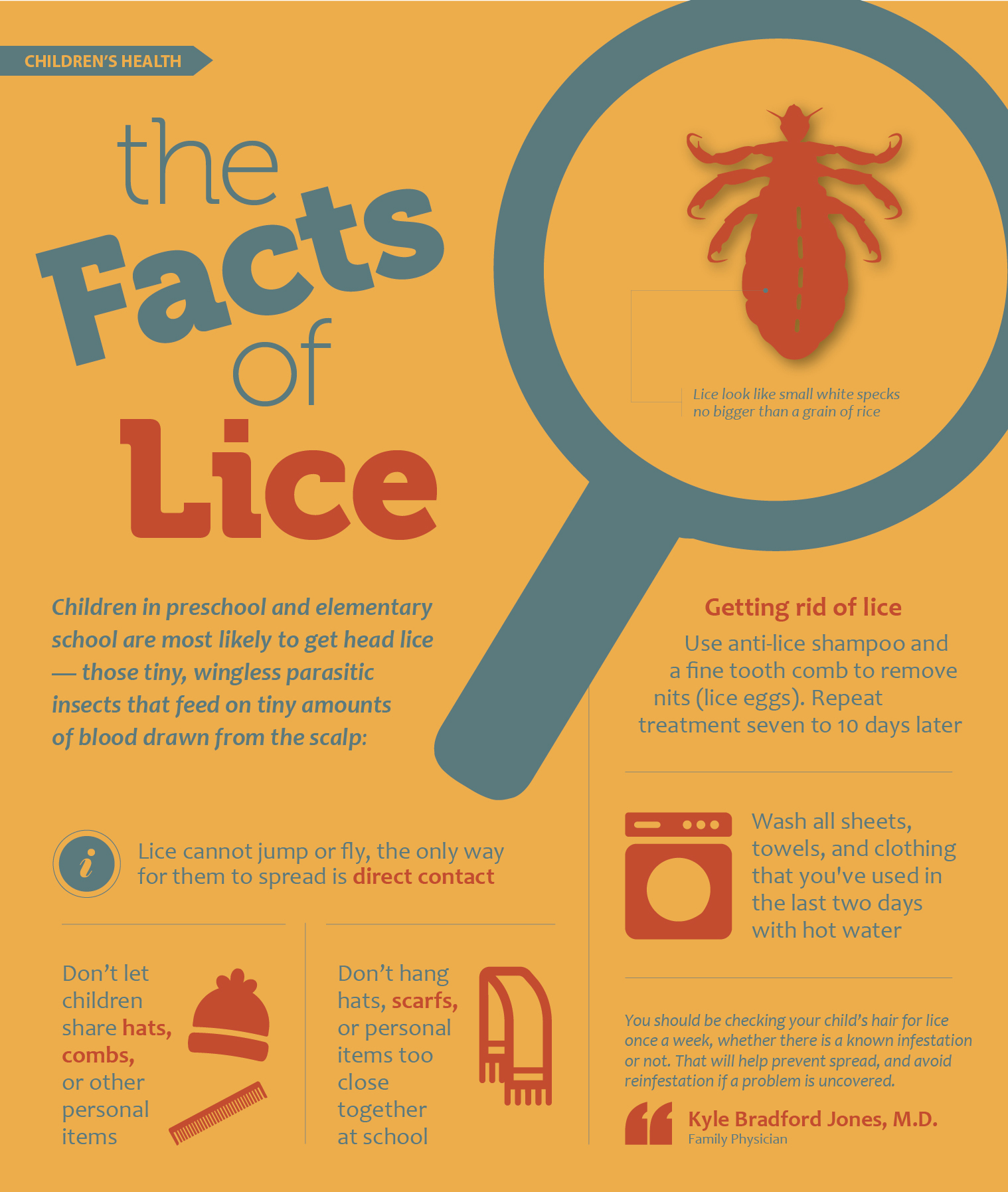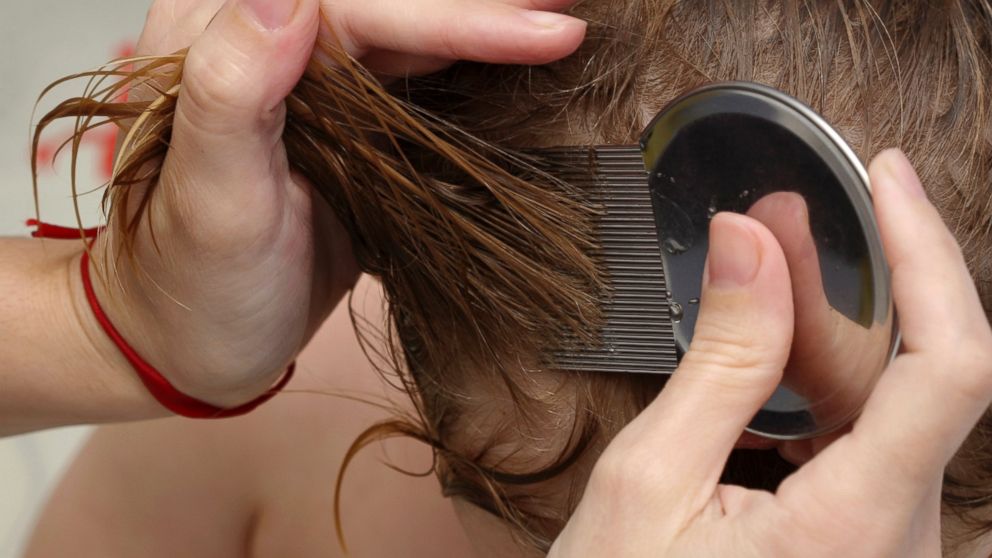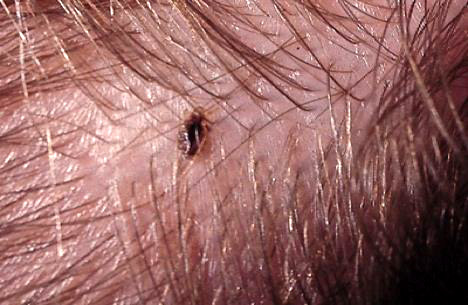Head Lice and Tea Tree Oil
Let’s talk head lice for a moment. When I trained it wasn’t too difficult to diagnose or treat. THEN things began to change and the darn things started to become resistant to the medications we used to do them in—that, and the fact that there was found some degree of neurotoxicity which made us all nervous and VERY careful.
Head Lice – Really, really close
There were areas in California at the time where over 60 percent of cases didn’t respond to the common treatment which had always worked in the past. That required us to switch to the more complicated-to-apply medicine which had more side-effects if you weren’t careful… and was more expensive to boot!
Head Lice Treatment
Common Sense Approach and Alternatives
I have to confess that I sort of lost track of the louse-drama when I moved from California; but, It’s still around and still causing a whole lot more grief than we want to be going on with; and, alas, is one of those pockets of idiocy on the internet where there is more crap than solid facts or good advice!
Looking for a photo of a louse to include here, I even saw a bunch of photos where the idiot had spread rice in a kids hair figuring no one would know; obviously because they had read somewhere that the bugs and their eggs were “about the size of a grain of rice.”
Click on the poster below to see the true “facts of lice” and let me also include the current latest recommendations from the American Academy of Pediatrics based on evidence-based research and NOT on hear-say or financial agendas.
Considering that the longer an infestation is allowed to proceed the more damage to the child and the higher risk of spread, evidence reveals the best approach to be the use of 1% Permethrin (eg. Nix®) or pyrethrins (eg. RID®) as a first choice of treatment. In cases were resistance is proven, manual removal of lice either through wet combing or the use of an occlusive method with petroleum jelly or Cetaphil® is recommended. The use of so-called “natural products,” including tea tree oil, cannot be relied upon to eradicate head lice so is not recommended.

Despite the fact that they don’t work on 100% of cases, we KNOW (by much research) that they DO WORK on the majority of cases; unlike all the ill-conceived and odd things proposed by blog owners.
And, for me, the absolute fact is that every one of the worst possible cases of head lice I’ve seen in all my practice have been in unfortunate children whose treatment has been delayed and neglected by several trial and error attempts at “natural” remedies until it was almost uncompassionate not to seek real help.
So, here are some points:
☤ The longer the infestation is allowed to continue the more lice there are in the child’s head, the more miserable they are and the greater they spread to everyone else around them!
The guidelines are based on the “most proven and best ‘bang’ for the buck” treatments designed to be the easiest to apply and having the least side effects while still getting this thing over with as fast as possible.
☤ No treatment is designed to make it so parents can skip the hard part of washing clothing, bedding and personal items or meticulously washing and carefully combing hair. If you don’t do these things you can’t expect the infestation to ever get better and CAN expect that it will just keep coming back over and over.
☤ Lice don’t jump or fly BUT are spread by direct contact, even momentary, both person-to-person and on pillows, bedding, hats, combs, towels and pretty much everything they can cling to. They are masters at “hitching rides.”
☤ Lice live on blood they suck from the scalp; so, just as with animals, an infestation can become so bad that smaller children can actually become anemic.
☤ Whatever treatment is used, it needs to consider both the walking-around bug phase AND the egg (nit) phase. That is often why treatment doesn’t seem to work no matter what kind you use. Soaps and medications rarely penetrate into the egg and kill it; but, they can be removed by careful combing with a small-gap comb.
Bottom Line: Give your younger children a little attention by examining their hair regularly even if you don’t think there is a current problem. Finding, and catching, a problem early will save you an unbelievable amount of grief.
AND, don’t fool around with all the “home remedies” and goofy things you find on the web. When you see it, just get it over with as soon as possible in the quickest, most sure way you can.
Alternative treatments being researched

Now, all that being said, I can tell you that some researchers have been and still are looking into other types of treatment.
One idea is to “suffocate” the little beasts by using a concoction of benzyl alcohol, mineral oil, and other ingredients—just like the already recommended petroleum jelly or Cetaphil®
In some early research, that has shown some benefit but still not as consistently as what is recommended and even less so on eggs or nits.
Another trial of an alternative “medicine” has been with the so-called “tea-tree-oil” or melaleuca oil derived from the distillation of the leaves from the Australian tea tree.
In the test tube the stuff does kill head lice. On a persons actual scalp? Well, that part isn’t as clear.
Some studies using a mixture of tea tree and lavender oils show promise; others, not so much. It clearly does not do as well on the eggs but may damage or “repel” a certain percentage of the live animals.
The problem with the research so far is that the results are still erratic without adequate controls and don’t jibe fully with existing well established research. Still, there could be a third recommended treatment if it pans out—which would be really nice.
Until then, in the absence of clinical research evaluating tea tree oil specifically for preventing or treating head lice, it cannot be considered a reliable option when the goal is to get it over as rapidly and surely as possible.
Advertisement by Google
(sorry, only few pages have ads)

